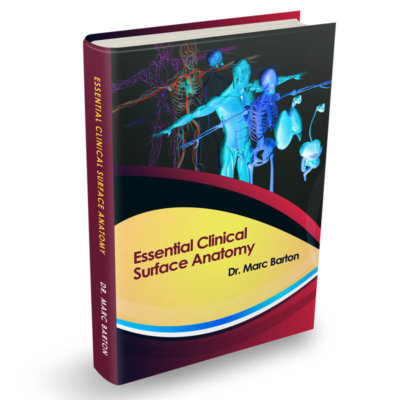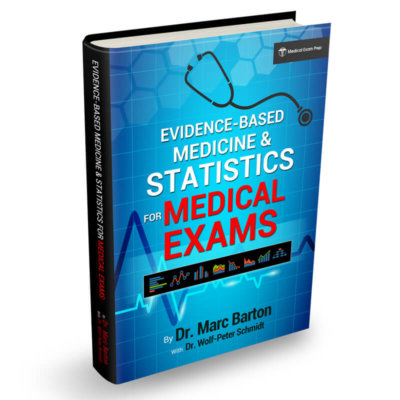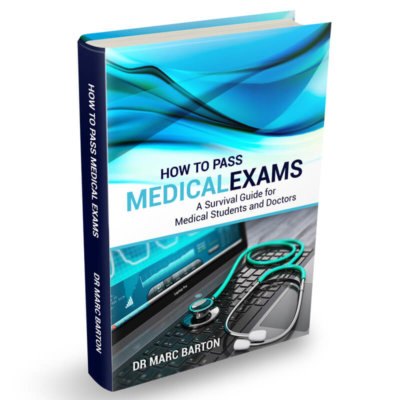


How to Differentiate Bell’s Palsy from Stroke
Being able to differentiate Bell’s palsy from stroke is an essential skill for all front-line clinicians. Bell’s palsy, which is also sometimes referred to as idiopathic facial paralysis, and ischaemic stroke are the first and second most common causes of acute facial...
An Overview of Leukaemia
Leukaemia is a very common exam topic and one that many candidates struggle to get to grips with. This article is not intended to be an all-encompassing review of this complex and highly-specialised topic but should provide you with the knowledge needed to approach...
Test Your Anatomy Knowledge – The Lower Limb
Test your knowledge of lower limb anatomy with these questions. 1. Which SINGLE statement is true regarding the blood supply to the lower limb? A. The femoral artery arises directly from the internal iliac arteryB. The profunda femoris arises from the medial side of...




